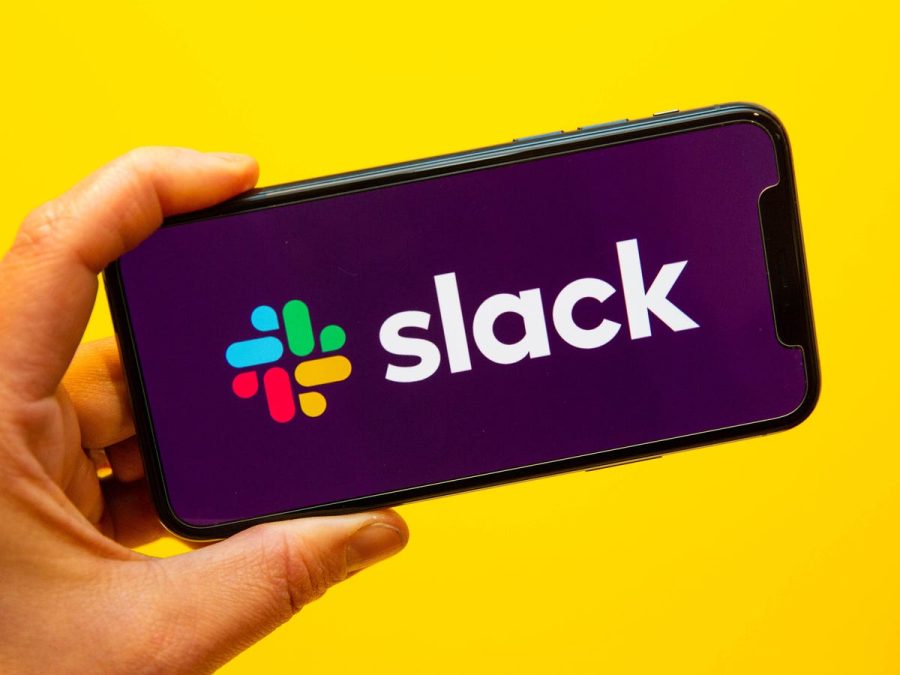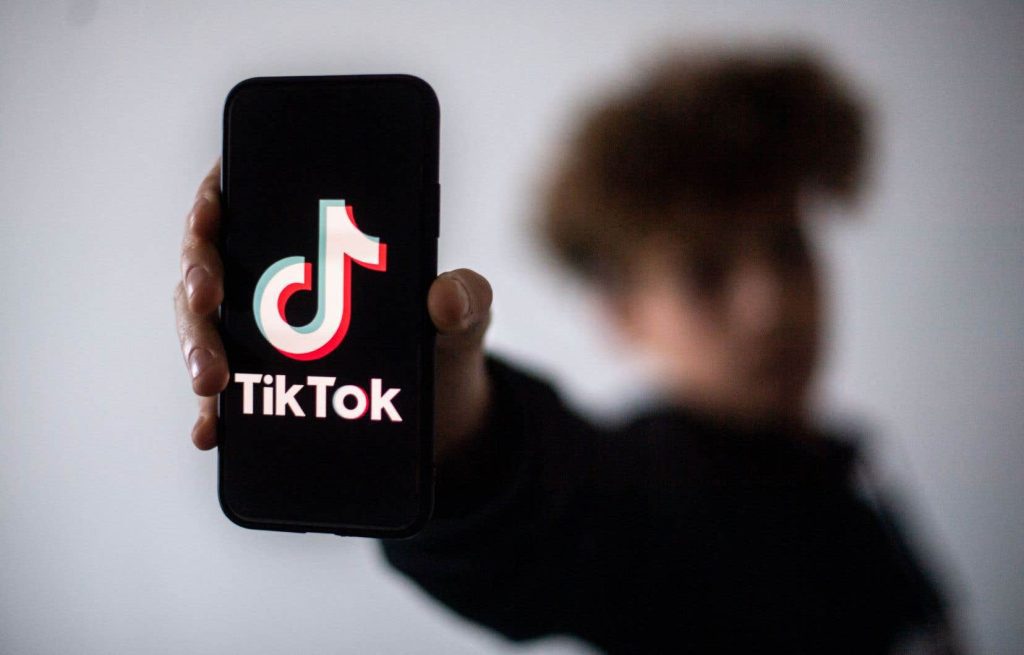
The Slow Burners: 3 Apps That Surged in Popularity Post Launch
Mobile applications often ride on waves of instant popularity, going viral within days of their launch. But, just as there are films termed as ‘slow burners’ for their delayed acclaim, some mobile apps defy early tepid responses, only to emerge triumphant after their initial debut. Such apps rewrite the rules of digital success, emphasizing that it’s not about the sprint, but the marathon.
This article celebrates three such ‘phoenix’ apps that saw an uptick in popularity and adoption a few years post their original release. They remind entrepreneurs and developers that patience, adaptability, and persistence can indeed pay off.
1. Slack: From Gaming Flop to Business Comm Giant
The story of Slack is intriguing. Born out of a failed gaming venture named ‘Glitch’, this messaging platform wasn’t initially designed for business communications. However, recognizing the potential of the in-house communication tool they had built for game development, the team pivoted.
It wasn’t an overnight sensation, but with time, Slack garnered attention. Its user-friendly design and unique approach to team collaboration caught the corporate world’s eye. A few years post-launch, and after continual iterations based on user feedback, it’s now synonymous with office communications for many businesses globally.
2. TikTok: The Ascension of a Social Giant
Launched in 2016 as ‘Douyin’ for the Chinese market and introduced globally in 2017 as TikTok, this app initially faced skepticism. Positioned against titans like Instagram and Snapchat, it seemed like another ‘me-too’ social platform. However, TikTok’s focus on short, catchy videos combined with an ultra-intuitive algorithm changed its fortunes.
By 2019, it was the second most downloaded app in the world, and its growth trajectory has shown no signs of abating. The platform’s delayed explosion proves that there’s always room at the top, even in saturated markets, for truly innovative players.
And TikTok’s success isn’t just confined to Gen Z; its appeal cuts across multiple age demographics, proving that age isn’t always the defining factor in digital adaptability.

3. Discord: The Gamer’s Paradise
Introduced in 2015, Discord was designed as a communication platform for gamers. While it enjoyed moderate success initially, it was often overshadowed by more established gaming chat services. However, what set Discord apart was its emphasis on community-building, combined with top-notch voice chat functionality.
Its rise to broader popularity began when non-gamers started adopting it. Today, Discord is a hub for various communities, from book clubs to study groups. Its tale underscores the potential of niche products to achieve widespread recognition if they stay true to their value proposition and adapt flexibly to emerging user needs.
Conclusion: The Marathon of App Popularity
The digital world can often seem obsessed with immediate results. Yet, the journeys of Slack, TikTok, and Discord demonstrate that real success might require patience and the ability to adapt. These apps didn’t redefine their categories right at the launch but carved their niches with time, perseverance, and an unwavering commitment to user-centricity.
For developers and entrepreneurs, the lesson is clear: don’t be disheartened by initial lukewarm receptions. With the right adjustments and a keen ear to user feedback, you can navigate your way to the top, even if it takes a little longer than expected.
Popular articles
You may be interested in related articles.
-
Expanding a startup into a new geographic market is a milestone that …
More -
In 2025, when access to venture capital is tighter and investor expectations …
More -
Decentralised ownership is redefining how startups attract investments and distribute equity. As …
More -
The Central and Eastern European (CEE) region has become increasingly attractive for …
More




